FLAVOURS OF THE MIDDLE EAST
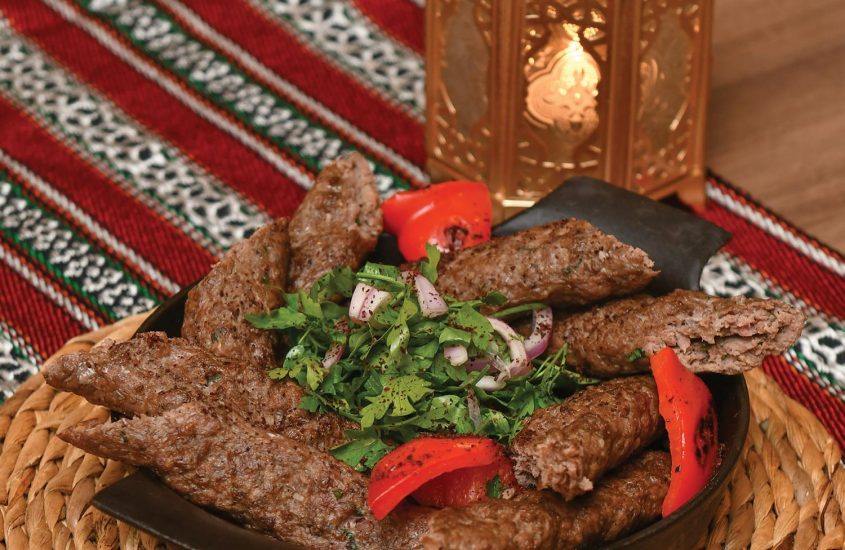
Melissa Nazareth enjoyed a sneak peek of the Ramadan experience at Baharat, Le Meridien City Centre Bahrain.
Baharat is a common spice blend used in Middle Eastern cooking. A namesake of this regional ingredient, Baharat over at Le Meridien City Centre Bahrain, lives up to its name. We had a delectable experience trying out the Ramadan menu and tasted true Arab hospitality too.
The Ramadan menu will be served as a buffet and, while most of the basic dishes will remain the same throughout the month, new main course items will be introduced from time to time, which means you can dine here more than once and still have a different experience each time. Further, Baharat will introduce live entertainment starting this year, offering an authentic, holistic Iftar and Ghabga experience.
We were greeted with charming smiles as we walked into the restaurant. Dimly lit with exclusive dining sections, separated by beautifully carved wooden panels, this place is ideal for those looking to have an intimate family meal. There are tables in the open section too. The L-shaped floor plan gives you a view of the open counter while leaving ample space for the buffet section.
We warmed our palates with some hot and cold mezze. Among the warm items, we tried the spinach and cheese spring rolls, vegetable samosas and lamb kibbeh (croquette made with meat, bulgur wheat and spices), and among the cold items, we tried hummus (chickpea dip), beetroot hummus and baba ghanouj (mashed eggplant dip). These were served with the traditional unleavened bread of the Middle East and grilled chicken fattoush (mixed greens and vegetables topped with crispy fried Arab flat bread) – a clever spin on the original vegetarian salad that appealed to us non-vegetarian diners. Soups included the good ol’ lentil. While we took the traditional route with the spring rolls, dipping them in the sweet and spicy chilli sauce, we didn’t hesitate to go slightly unconventional with our lamb kibbeh; it tasted just right with the tzatziki sauce (yoghurt and cucumber) and refreshing too. While we waited for the main course, we washed this feast down with some traditional beverages such as Tamer Hindi (tamarind juice) and others.
The main course was a lavish affair with an array of dishes featuring meat, fish, vegetables and rice all tightly put together to create a balance of aromas, flavours and textures. I have a weakness for one-pot rice dishes and raced toward the Lamb Majboos. The brown of the lamb sat perfectly against the yellow rice, making this dish visually appealing even before I could eat. Having taken on all the flavours of the lamb, the rice was further enhanced with whole spices and garnished with caramelised onions and coriander. At the same time, it wasn’t too overpowering and the lamb stood out as the star of the dish. Traditionally cooked until tender, the meat was falling off the bone, which is just what we wanted to see and the moment I took a bite it melted in my mouth. I followed the turf with some surf and tried the hammour next. I want to take a moment here to talk about the sauce. Tangy with hints of chilli pepper, it felt close to a curry but not quite. Coated in this special gravy with a certain je ne sais quoi, the dish is undoubtedly a seafood lover’s delight. The fish was cooked perfectly – flaky with crispy skin – and when I ate it, the flavours of the ocean happily mingled in my mouth with those of the sauce. I was getting fuller by the minute but had to try this next dish – the Chicken Tagine. Popular in Middle Eastern culture, the tagine is a family meal, traditionally stewed or slow-cooked in a ceramic or clay pot on the stove or inside the oven. I thought it had great visual appeal with its many colours – there was chicken (obviously!), potatoes, black and green olives, black prunes and dried apricots that weren’t exactly arranged in any order but somehow looked like part of an organised chaos. I must admit I’m not someone who mixes sweet and savoury flavours and this dish did. Having said that, I’m glad I sampled it and recommend those looking for an authentic Middle Eastern experience to try it at least once. Some other items that we tucked into were the beef tikka (meat cooked in a tandoor), lamb chops and Warak Enab (vine leaves stuffed with rice and minced meat).
The final lap was desserts with the show stopper being kunafa (vermicelli pastry soaked in sugar syrup). It’s a popular dessert during Ramadan (or all year round for those with a sweet-tooth!). We sunk our teeth into the crisp and creamy delight made using vermicelli pastry and crushed pistachio lined with rose water – the best ending we could ask for. There were other desserts too including a variety of baklava (filo pastry with nuts). I particularly enjoyed the lotus-flavoured variety.✤
GO: CALL 1717 1000 OR WHATS APP 3320 4175 FOR FURTHER INFORMATION OR TO MAKE A RESERVATION.


















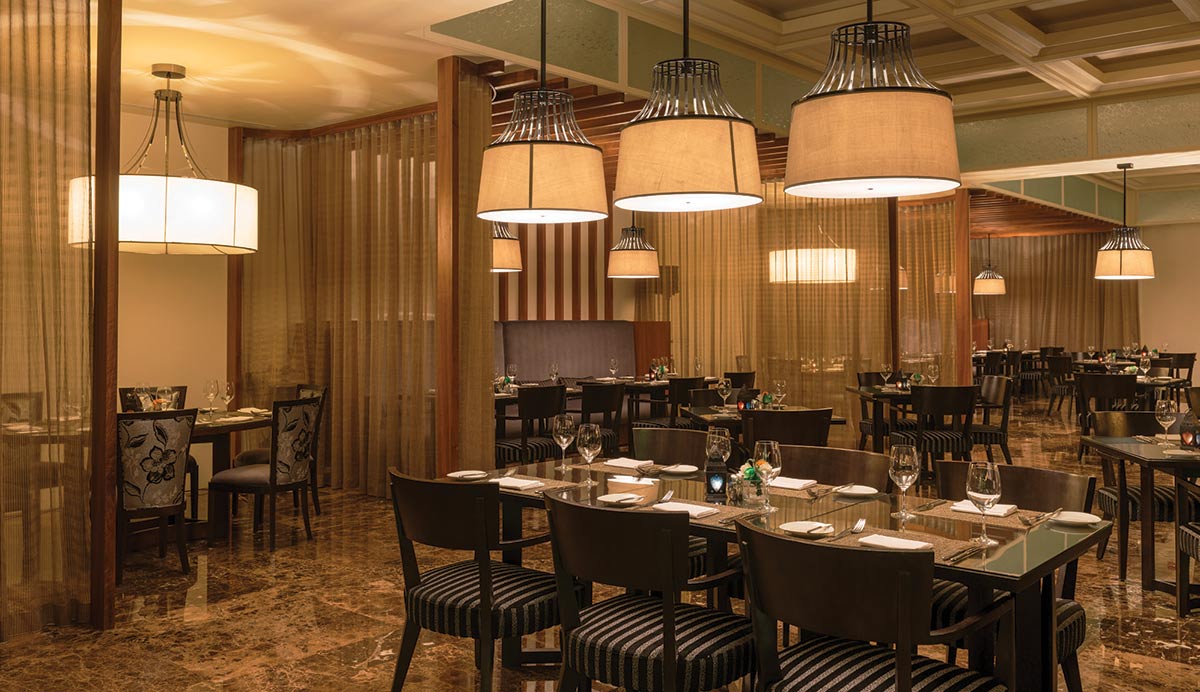










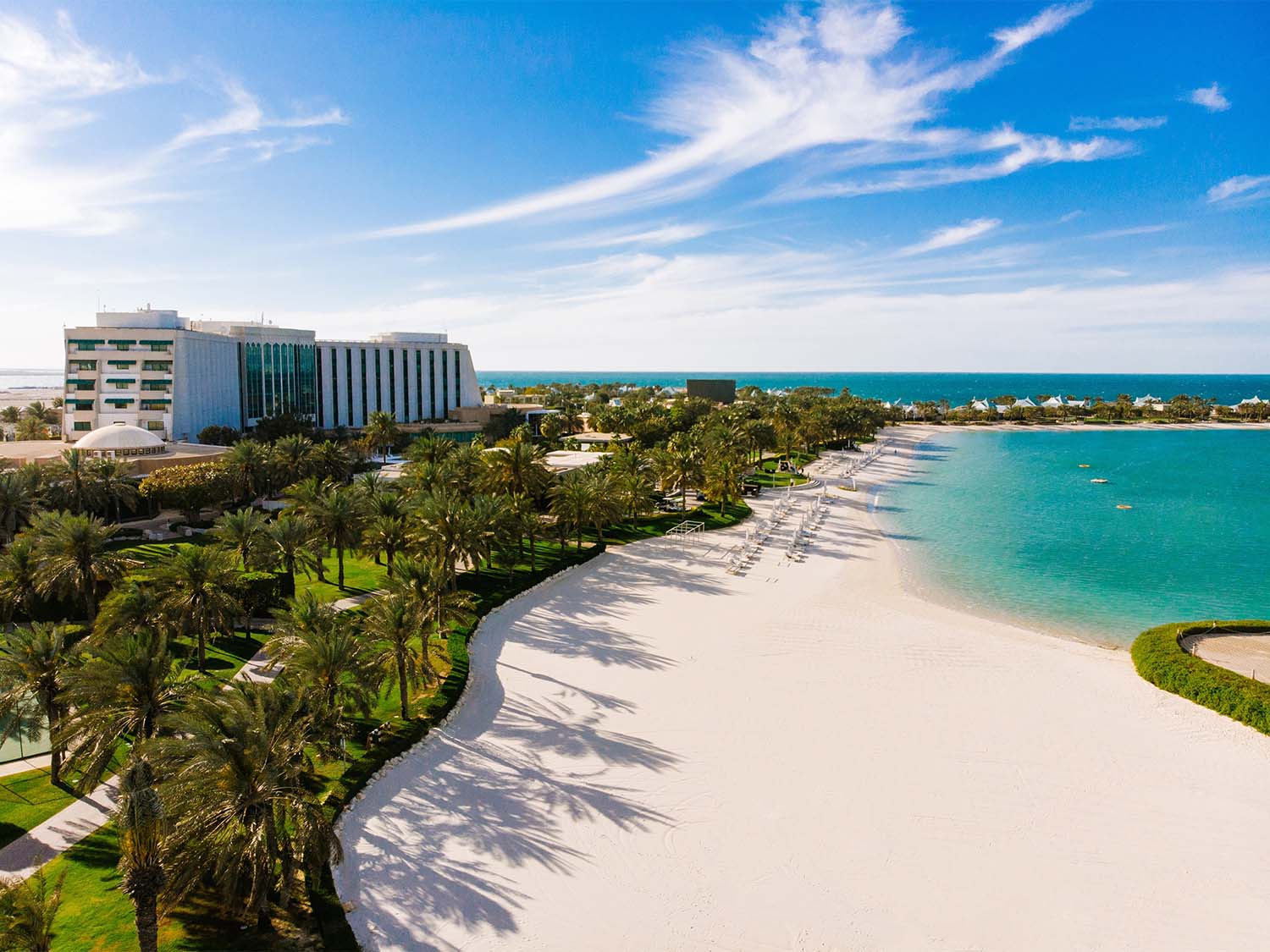
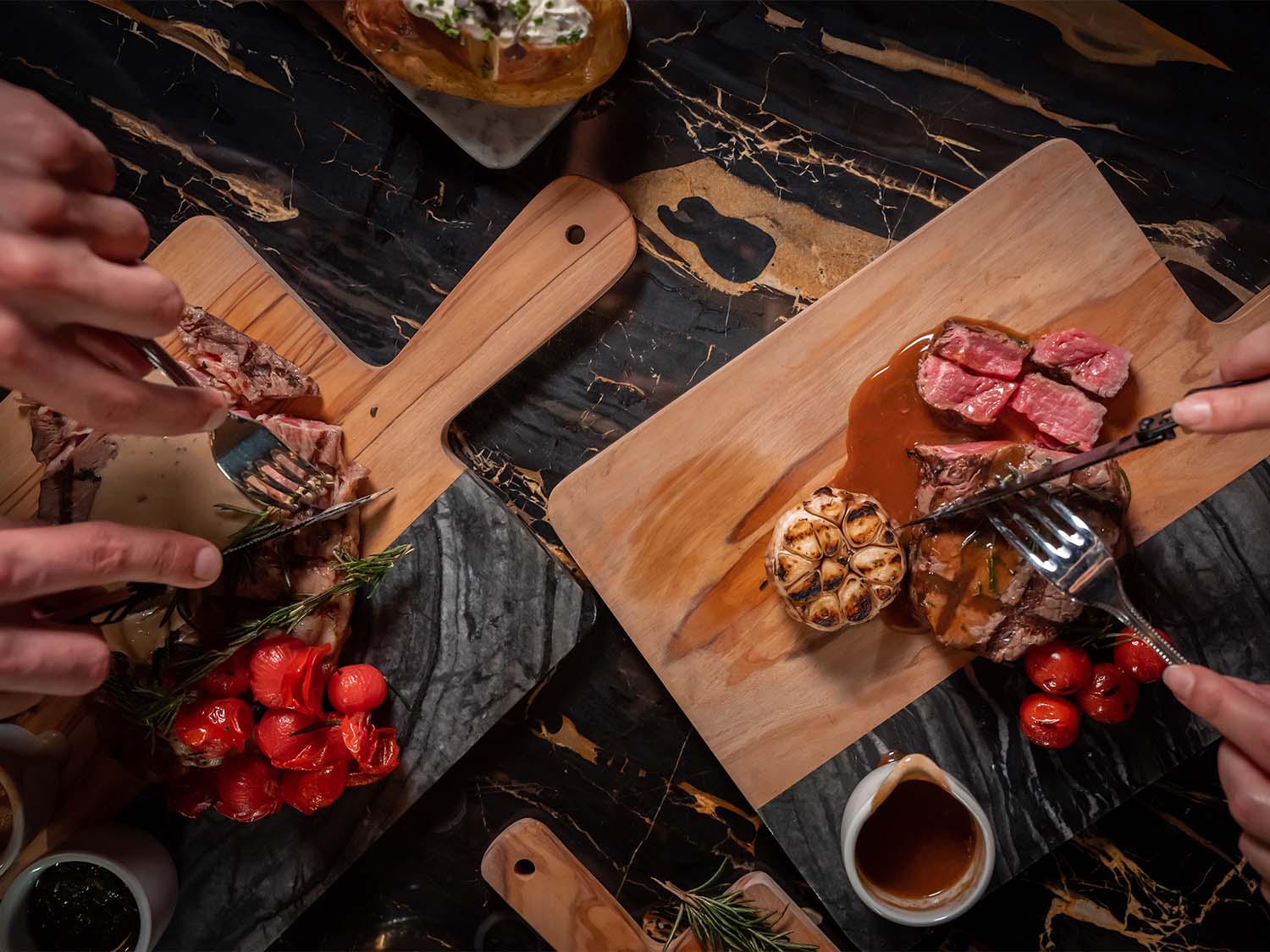
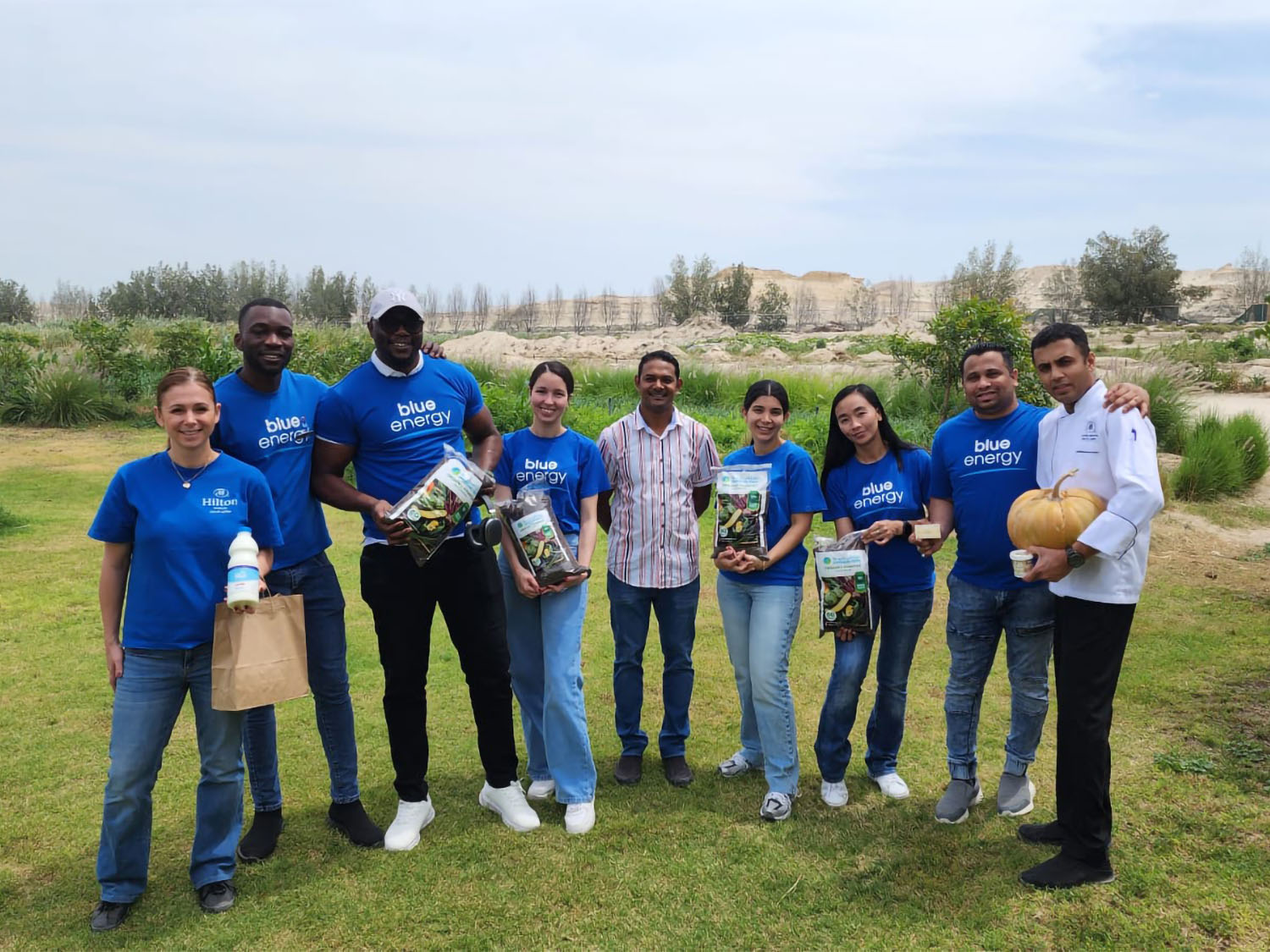





Comments are closed.